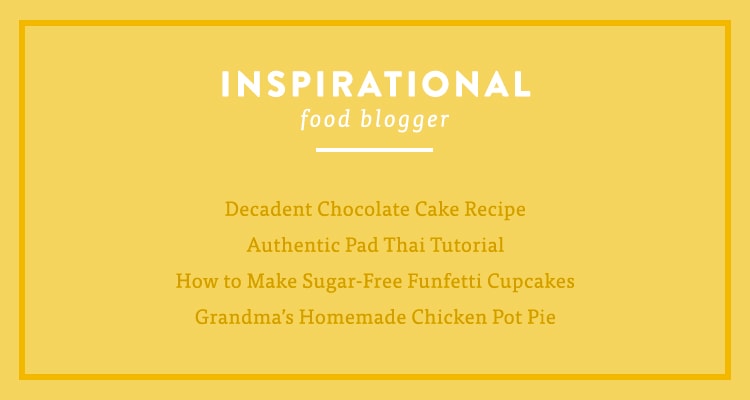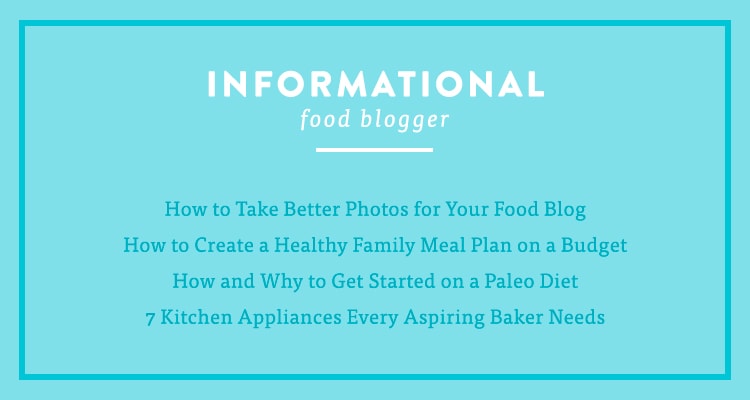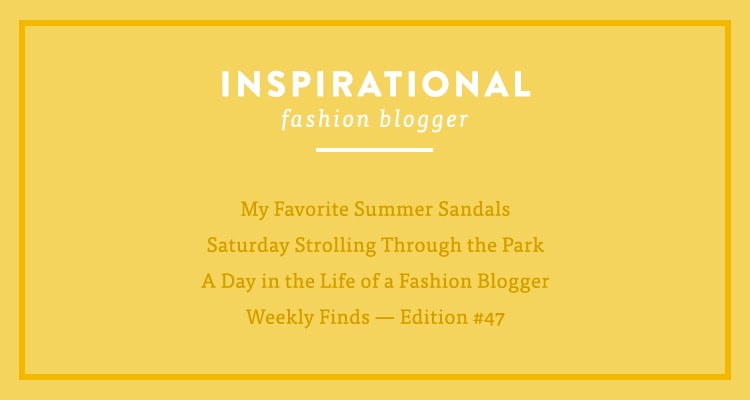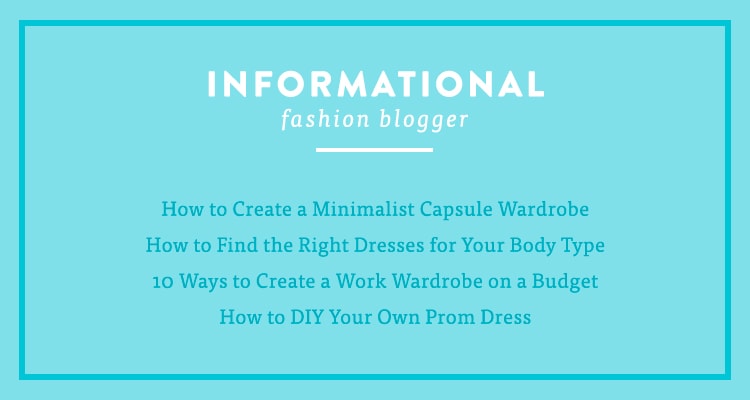If you’ve been following along with my past few posts, then you’re probably aware of the enormity of the online course industry. (Like, it’s big, y’all). Online courses are changing the way we learn, the way we share information, and the way we make money online. For me, online courses represent about 90-95% of my monthly income and that number continues to grow.

Yet, I constantly hear from bloggers who don’t think they can create a successful course in their niche.
So, are the rumors true? Are only certain blog niches equipped for selling e-courses? Or can anyone do this? Let’s chat.
Also, if you’d rather listen to this post rather than read it, then I’ve got the audio equivalent for you right here:
First, I’ll start by saying that YES, I believe just about every blogger in any niche can create an online course. Think about it: courses are simply about teaching someone how to do something. No matter what you blog about, you probably had to learn something that you now talk about, teach, or use in your posts.
But in order to do it successfully, you do need to keep a few things in mind…
1. Your blog must be informational > inspirational
This is perhaps the most important point in this list. What do I mean by “informational > inspirational”? Well, in order for you to prep your blog for an online course, you must share useful information more often than inspirational or opinion-based content.
Why?
Because with informational content, you’re setting yourself apart by teaching people how to do things.
Inspirational content is different. With inspirational or opinion-based blog posts, you’re sharing ideas, personal experiences, and “inspiration,” but you’re not necessarily encouraging your readers to take action or teaching them something new.
Let’s take an example.
On this blog, I share monthly income reports, which detail my revenue and expenses for my business. They also share some new strategies I tried or experiences I had that month, which my readers may find helpful. Yet, my income reports are mostly “inspirational,” with some information mixed into them.
But my income reports only make up 20-25% of my monthly content (1 out of 4-5 posts per month). The rest of my blog posts teach my audience how to implement specific strategies and take action so that they can grow their own blogs and businesses. Do you see the difference?
So, I wouldn’t create a blog of purely income reports, because while they can be inspiring, inspiration only goes so far before you need to teach something to your audience.
Let’s try a couple of other examples from two types of blog niches that you may not think could create an online course.
First up is a “food blogger.” Food bloggers often blog about recipes (see the graphic below). Recipes DO require someone to take action (like informational posts), but there isn’t a transformation involved, so they are more inspirational.

On the contrary, if you run a food blog, but know that adding an online course could dramatically increase your income and audience growth, then you may be wondering how to take your blog from purely “inspirational” to incorporating more information into it, too.
Below, you can see some information-based posts that would work well on a food blog, still allow you to post recipes, but begin to set you apart as an authority in your niche (thereby preparing your blog for a successful e-course launch).

Here’s another example that talks about the difference between fashion bloggers who could launch successful courses vs. those who would have a tougher time doing so.
Also, whether you’re a food or fashion blogger is not really the point here. Even if you’re in a different niche, try to understand the reasoning behind inspirational and informational content and then decide how you can apply it to your own niche. 🙂
In the fashion or lifestyle blogger case, “inspirational” content may look similar to what you see below…

And if you’re a fashion or lifestyle blogger who posts content like what you see in the image above, then I completely understand why you’d believe it’s impossible to create a successful course in your niche. But alas, it’s not.
Take a look at this variation in content:

Now, these posts aren’t necessarily meant to be from the same blog, but notice how each of them teaches something or provides some sort of transformation.
Instead of showing people your wardrobe, you’re giving them useful tips to help them build their own. So you begin to grow from fashion blogger to stylist.
Do you see the difference? The yellow images share posts that provide motivation, opinion, and inspiration. On the other hand, the blue images share posts that include “how to” information, tutorials, and topics that teach people something or provide some sort of transformation.
If you want to launch a successful course, your niche matters a whole lot less than you’d think. What matters more is the type of content you share on your site. And if you notice that your site is full of mainly inspirational content, then simply begin to incorporate more “how to” and informational blog posts.
That’s exactly what I did with this blog (which used to be largely a “lifestyle blog”). I simply started adding new types of content and creating e-courses on those same topics.
Psst: If you’re interested in using your blog to launch a profitable e-course business, then I created a free cheatsheet for you, which details the 8 steps you should take to get there. Click the image below to download it!
2. You must have a clear focus for your blog and a defined target audience
This is a biggie no matter how you intend to monetize your blog. You will ALWAYS reach more people and earn more money if you can focus your content within a specific niche and/or for a specific demographic.
Why?
Let’s explore an example. Let’s say that you blog about marketing, beauty, books, and design — basically, all of the things you’re interested and want to write about.
Someone visits your blog from Pinterest or Google because they wanted more information about graphic design. They wind up reading a killer design-related post on your site and then click over to your main blog page to see what other content you have cookin’.
But…what’s this? There are posts on completely different topics! Mascara reviews? Social media marketing tips? Where’s the rest of the “graphic design” content?
So, they likely click away from your blog, never to return. They wanted something specific, which you gave them, but it was buried underneath a bunch of content that isn’t relevant to them.
If you’re creating a blog like this and not seeing the growth you want, then this is oftentimes the culprit.
It’s also why it becomes much more difficult to launch a successful course. Since you have a lot of different topics on your blog, you’ll also have a lot of different types of people in your audience. So, if you created a course on “design,” it’s possible that really only 25% of your readers would be interested in your course, since “design” only constitutes 25% of what you talk about on your blog. See what I mean?
Now, if your blog was focused on just one of those topics, like graphic design, then you begin to set yourself apart as an authority on that subject. You attract more of the right people to your site. And when you launch your course, nearly 100% of the people in your audience would be interested in the subject.
For help with narrowing your focus and choosing a niche, read this post.
3. Your course may be about teaching people how to do what you do
Blogging is pretty incestual. 😳
What I mean by that is that bloggers tend to read other blogs. You’ll certainly have some people in your audience who don’t have or want a blog, but then there will be other bloggers in your niche who read your blog for fun. And those bloggers are probably paying attention to what you’re doing, too.
For example, if you’re a beauty blogger and you’re having trouble thinking of an e-course that you could teach people, then consider that there’s likely a chunk of your audience who are other aspiring beauty bloggers.
So, what about making a course that helps them learn how to do what you do? Ya feel me?
Pinch of Yum is a popular food and recipe blog, but instead of creating courses about cooking, they’ve created workshops that teach other food bloggers how to take better photos. Boom.
4. The price could differ depending on what you sell
Finally, depending on what kind of course you create, the price may be different than other courses out there.
As a general rule of thumb, I think everyone should start by pricing their course for at least $100 to ensure that the course is worth your time and effort. However, some courses can be even more affordable, while others can range from $1-2k or more.
$100+ courses usually have at least 2-3 hours of video content within them (which may sound like a lot of content, but honestly is not as much as you think).
But what if you’re, say, a home decor blogger, where pricey e-courses aren’t the norm. So, you may decide to create something smaller, like a course about how to style a bookshelf like a pro (I actually have a student who did exactly that!).
You may not be able to charge hundreds of dollars because it’s less content and not a 360 transformation (like a course about decorating your entire living room), but you could still charge a competitive price for your work, since you’re helping people with something they want to learn. (At the time of writing this, the “Bookshelf Styling Class” is $49).
But the plus side of this is that you can create multiple mini courses and have repeat customers who end up buying them all!
Now, on the other hand, let’s say you create a course that helps people increase their income or completely transform their life (like a weight loss course). These are often set at a higher price, because your customers are either able to make their money back through your strategies or they are transforming their lives in a big way.
All of this is to say that no matter which blogging niche you’re in, you absolutely have the power to create a successful course. You may need to tweak your blog, content, or pricing a bit, but it’s certainly possible to do it well.
If you’re genuinely interested in turning your blog into a business with e-courses, I recommend downloading my “8 Steps to Turn Your Blog Into a Biz” cheatsheet. Just click here or the image below.
















